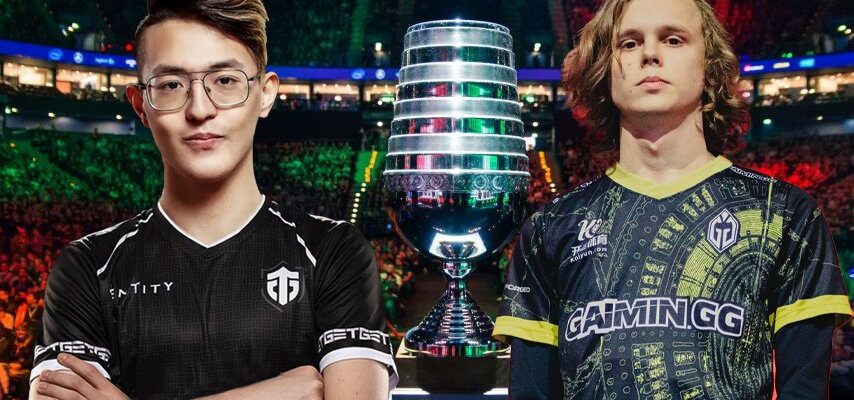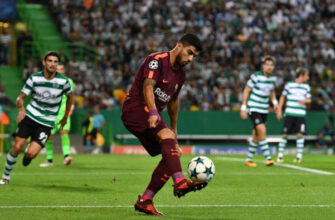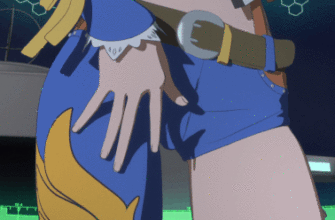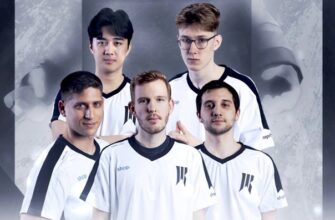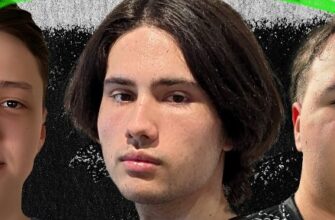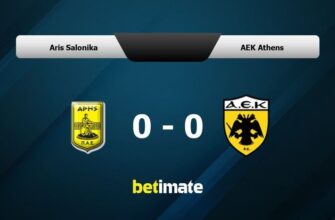In the high-stakes, ever-evolving landscape of professional Dota 2, the pursuit of optimal team synergy often drives critical roster decisions. Gaimin Gladiators, a name synonymous with consistent top-tier performance, recently found their mid-laner, Quinn “Quinn” Callahan, offering a notably candid comparison between his team`s current carry, Alimzhan “Watson” Islambekov, and their former star, Anton “dyrachyo” Shkredov. This open discourse provides a rare and fascinating window into the strategic calculus that underpins success at the pinnacle of esports.
The Calculated vs. The Catalytic: A Playstyle Deep Dive
Quinn`s observations, shared during an interview, cut directly to the core of the matter: “Watson is very talented, very skilled, and he fits us better than a crazy psycho like Anton [dyrachyo], right? He plays more for items, like many players.” This seemingly blunt assessment is less a critique of individual skill and more a precise articulation of a preferred strategic alignment within the Gaimin Gladiators camp. It highlights how nuanced the decision-making process can be, transcending mere mechanical prowess to encompass the intricate dance of team dynamics.
Both are very good, both are very different, you have to realize that. We do still try to play relatively fast, I think we play faster than most other teams. But at the end of the day, you want to be somewhere in the middle. And Watson doesn`t want to play Lifestealer and go crazy, he wants to play his heroes, do his moves, and all that. They`re different players.
Let`s dissect the archetypes Quinn describes:
-
Watson: The Item-Centric Strategist
Watson embodies the carry who prioritizes farming efficiency and reaching crucial item timings. His playstyle leans towards securing gold and experience, ensuring he achieves critical power spikes to dominate later stages of the game. This approach offers foundational stability, allowing the team to execute more measured engagements and leverage a well-equipped core for sustained pressure. In a meta that often rewards calculated scaling and strategic patience, Watson’s methodical aggression can be an exceptionally potent asset. It’s a game of chess, played with gold and timing. -
Dyrachyo: The Aggressive Catalyst
Conversely, dyrachyo was often celebrated for his aggressive, high-risk, high-reward plays. His “crazy psycho” moniker, delivered with a touch of ironic affection by Quinn, hints at a player eager to create chaos, take early fights, and push the limits with his hero choices. This style, while exhilarating and capable of snowballing games with ruthless efficiency, demands a team that can consistently adapt to rapid shifts in tempo and capitalize on the space created. It’s an undeniable talent for disruption, but it can also introduce higher variance into a team`s performance.
Quinn’s emphasis that “both are very good, both are very different” is paramount. In professional Dota 2, there is no universally “best” playstyle; rather, there is a best fit for a given team`s overarching philosophy, current lineup, and desired game tempo. Gaimin Gladiators, despite their immense success with dyrachyo, appear to be meticulously refining their identity, pursuing that elusive “middle ground” Quinn alluded to – a strategic equilibrium between rapid aggression and controlled scaling.
The Intricate Dance of Team Synergy and Roster Evolution
The transition from one world-class carry to another illuminates the delicate ecosystem of a professional Dota 2 team. Success is not merely the sum of individual mechanical skills; it`s the profound product of how those skills interlock, how personalities genuinely mesh, and how disparate playstyles complement each other. A carry player`s preferences, whether for early skirmishes or dedicated farming, inevitably dictate the pace and rhythm of the entire squad. If the mid-laner, supports, and off-laner prefer a specific tempo, the carry must align, or the team risks fracturing.
Adding a layer of profound human complexity to these strategic deliberations, Quinn previously offered a public apology to dyrachyo regarding the manner of his departure. This candid admission underscores that roster changes are rarely simple, purely performance-based decisions. They often involve difficult conversations, the acknowledgment that even highly skilled individuals might not be the “perfect piece” for a particular puzzle at a particular juncture. The subtle irony, as Quinn himself noted, is that dyrachyo has “beaten his former team a million times” since the change – a testament to his enduring talent, adaptability, and perhaps, the peculiar satisfaction of proving a point.
Beyond the Banter: A Relentless Quest for Optimal Performance
Ultimately, Quinn`s observations transcend mere professional banter; they serve as a lucid window into the perpetual optimization process inherent within elite esports teams. Every roster adjustment, every minute strategic tweak, is a calculated gamble aimed squarely at achieving peak performance and securing championship titles. The quest for the ideal team dynamic is an ongoing, intricate saga, where even a seemingly minor shift in a player`s preferred playstyle can ripple profoundly through the entire squad, altering outcomes and defining legacies.
As Gaimin Gladiators continue their journey with Watson, the broader esports community will undoubtedly be keenly watching to see how this refined synergy translates into future tournament victories. The narrative of strategic evolution, profound player adaptation, and the relentless, almost obsessive, pursuit of the “perfect fit” continues to unfold with captivating intensity on the grand, global stage of Dota 2.

